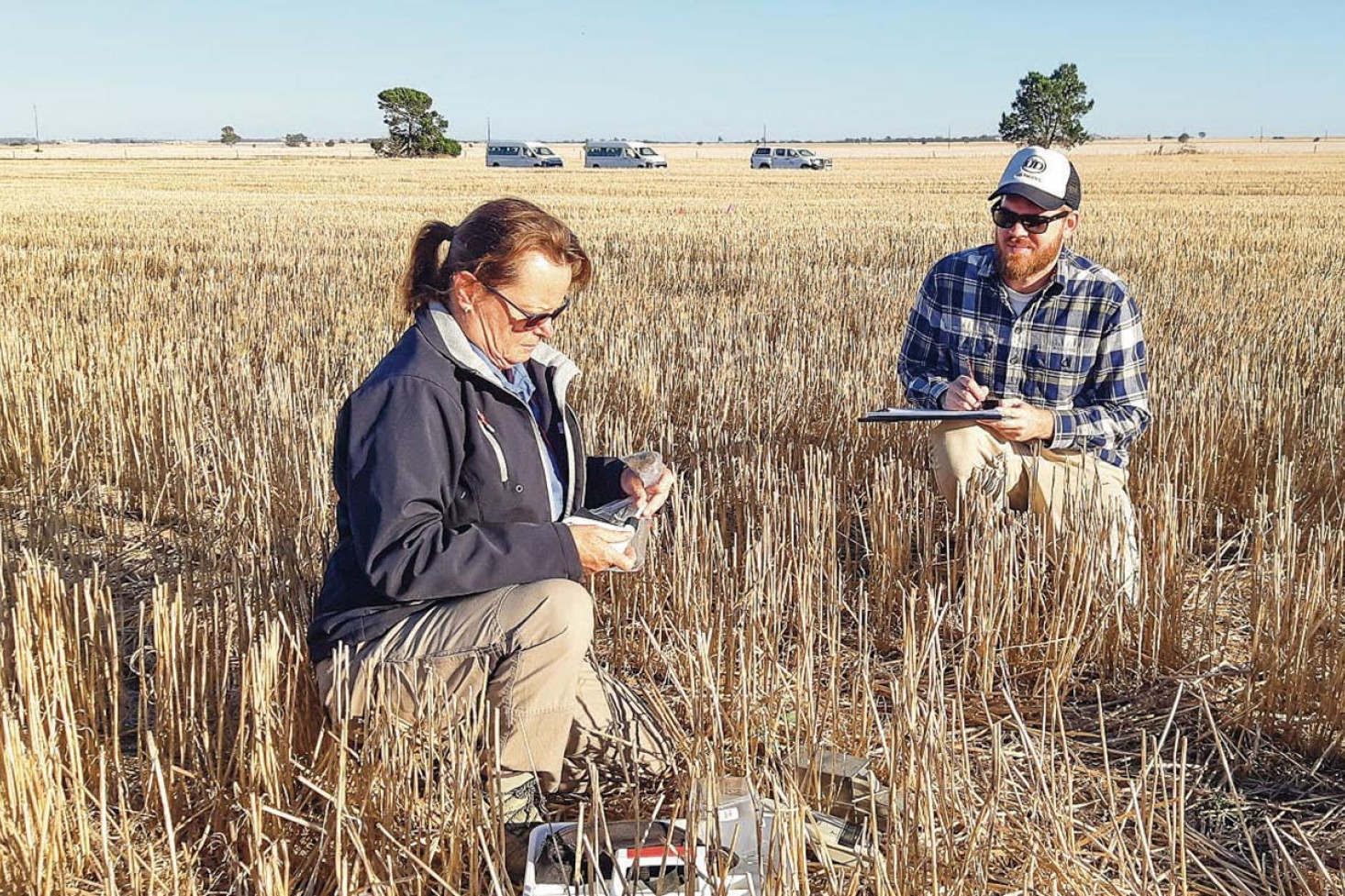Agricultural
7 May, 2024
High mouse activity reported on Downs
The Grains Research & Development Corporation (GRDC) and CSIRO are urging growers and advisers to be vigilant due to reports of moderate to high mouse activity on the Darling Downs among other regions in Australia.

Although mouse numbers are generally low in most areas, the areas with moderate to high mouse activity include the Darling Downs and regions of Victoria, South Australia and Western Australia.
CSIRO mouse researcher Steve Henry said now is the time for growers and advisers to actively monitor mouse activity.
“Moderate or high mouse numbers are a concern for this time of year due to it coinciding with the seeding of winter crops, which is when significant economic damage can occur,” Mr Henry said.
“Given the favourable conditions across many areas, mice have been breeding through summer and autumn, with numbers expected to peak in April/May.
“Because of that, and because of patchy activity across paddocks, growers are advised to monitor multiple paddocks to gauge mouse numbers to inform management decisions over the coming weeks.”
Management recommendations:
• Actively gauge mouse numbers by walking through paddocks - utilise mouse chew cards and active burrow counts to gauge mouse presence and activity. Mouse chew cards can be ordered from GRDC on 1800 11 00 44 or ground-cover-direct@canprint.com.au
• If mice are present at sowing, bait at or as soon as possible after sowing, to prevent damage to the freshly sown crop.
• Talk to bait suppliers early to ensure timely supply. As with use of any agricultural chemical, use the product in accordance with the label, and report any adverse or off target effects via the APVMA website.
Growers should be aware that only baits containing 25 g/kg zinc phosphide (ZnP) are currently available as the Emergency Permit for baits containing 50 g/kg ZnP has lapsed, and this is no longer available.
GRDC pests manager Leigh Nelson said monitoring and reporting is essential and growers should refer to the GRDC Mouse Management page for detailed information about management options.
“Mouse populations at the moment show patchy activity levels – moderate to high activity in one paddock but low in the next,” Dr Nelson said.
“This variability high-lights the importance of active monitoring by growers to assess the potential risk to their crops.
“Early detection and management are crucial for reducing the impact on the upcoming winter crop season.”
These recommendations arise from part of a GRDC investment aimed at monitoring mouse populations and forecasting likelihood of mouse outbreaks, providing data on the size (abundance) of mouse populations, breeding status and overall activity.


